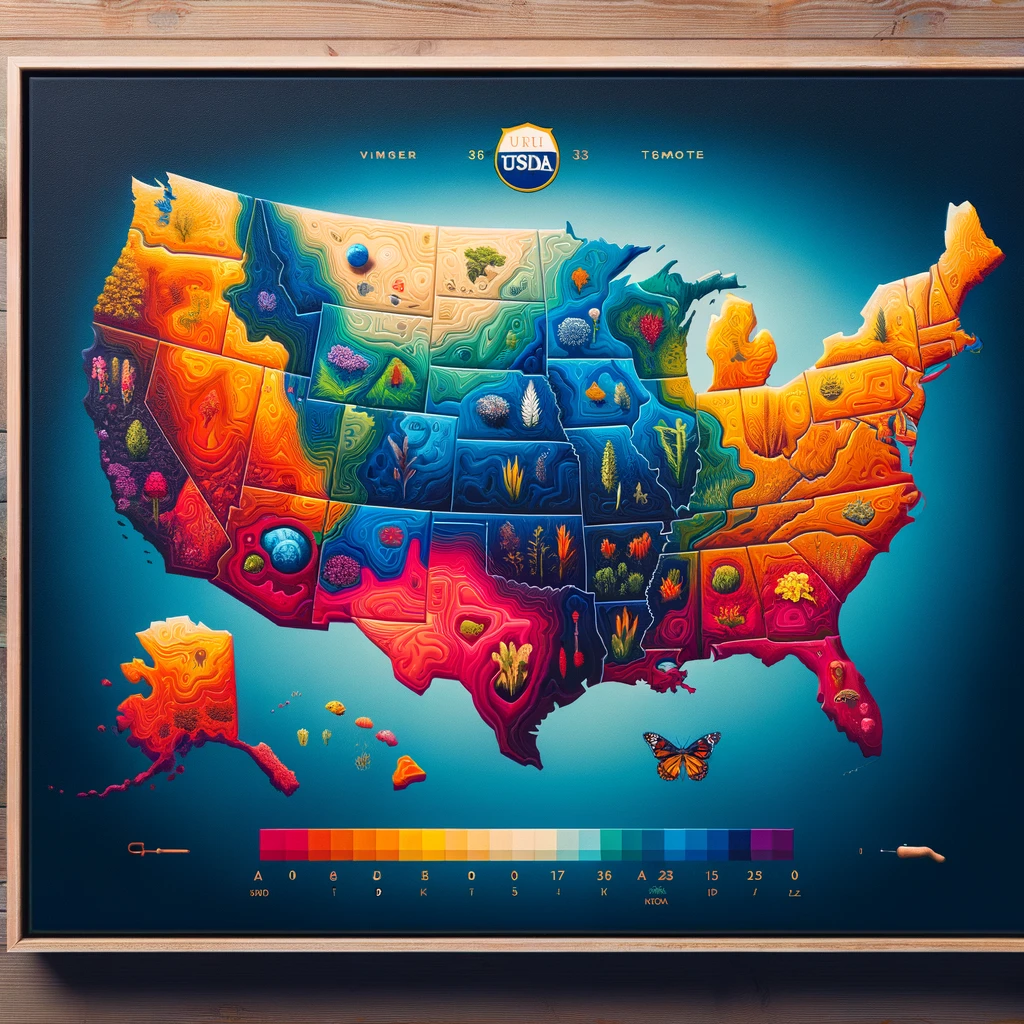Gardeners, get your trowels ready! The long-awaited update to the USDA Plant Hardiness Zone Map is here, and it’s bringing some significant changes to the horticultural landscape. Released in November 2023, the new map reflects a decade’s worth of climate data, revealing a warming trend that’s shifting plant-friendly zones across the country.
What’s Changed?
The most striking update is the widespread movement towards warmer zones. Nearly half of the U.S. has jumped to the next higher half-zone, meaning an average temperature increase of 0-5°F. While seemingly small, this shift can significantly impact what thrives in your garden. Plants previously considered borderline for your area may now flourish, while others adapted to cooler temperatures might struggle.
Navigating the New Zones
So, how can you adapt your gardening practices to these new realities? Here are some key tips:
- Check your new zone: The first step is to identify your updated zone using the interactive map on the USDA website. Remember, even small changes in zone can make a big difference.
- Research plant hardiness: Before bringing home any new plants, be sure to check their hardiness rating. Choose varieties that thrive in your new zone to avoid disappointment.
- Experiment with new plants: The warming trend opens doors for previously risky options. Consider trying tropical or subtropical plants that were once out of reach.
- Mind your microclimates: Don’t rely solely on the zone map. Your garden’s specific microclimates, like sheltered nooks or south-facing slopes, can offer warmer pockets that expand your planting possibilities.
- Embrace resilience: Climate change is a complex issue, and plant hardiness zones are just one piece of the puzzle. Focus on building a diverse and adaptable garden that can withstand fluctuations in temperature and weather.
Beyond the Map
The new plant hardiness zones are not just a matter of adjusting your plant choices. They serve as a stark reminder of the ongoing climate crisis. By understanding and adapting to these changes, we can become more responsible stewards of our gardens and the wider environment.
Here are some additional resources to help you navigate the new gardening landscape:
- USDA Plant Hardiness Zone Map: https://planthardiness.ars.usda.gov/
- Arborday Foundation: https://www.arborday.org/
- National Gardening Association: https://garden.org/
Remember, gardening is a journey of continuous learning and adaptation. Embrace the changes brought on by the new plant hardiness zones, and let them inspire you to create a thriving and resilient garden that reflects the beauty and challenges of our changing world.
Happy digging!
P.S. If you haven’t grabbed a Garden Planner yet, I love this one!

